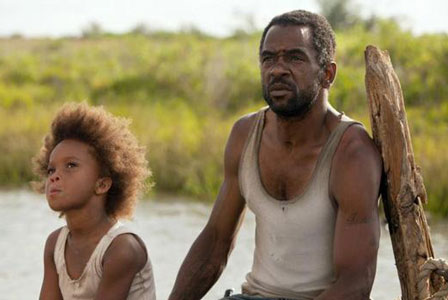With all the technology we have today, why can’t we start building robot companions for old people? It would sure make nursing homes a heck of a lot more interesting. Believe it or not, the Sundance film Robot and Frank actually explores this idea, in which Frank, played by Frank Langella, strikes up an unlikely friendship (aren’t they always unlikely in movies?) with his new robot caretaker, which is voiced by Peter Sarsgaard.
In an interview with Collider, Langella speaks about not only how he typically chooses and prepares for roles, but how he rose to the challenge of acting against a robotic character in Robot and Frank.
Langella, who remains a prolific actor though now in his early 70s, explains that he chooses scripts simply by whether or not the opening interests him, saying, “if it doesn’t have in the first 10 or 15 pages, even if my character has yet it to come in, if it doesn’t have something that draws me to it I don’t usually read the rest of it. Rarely have I made myself go through with something that was horrible in my mind in the first 20 pages that suddenly changed in the end. If it is horrible in first 20 pages then it is pretty horrible.”
Langella says that different roles obviously require varied approaches, with some requiring more “searching” for the character than others. “Frost/Nixon was months and months of looking at all of the Nixon tapes because I had to be loyal to a certain sense of him. This movie was not very much. This movie was trusting that I was 72, that my cognitive powers are fine, that I understand what getting older is about, that I understand what the fear about that is, I know what estrangement can be like with your kids since I’ve gone through those periods, I know what looking at a girl that you want to ask out on a date is like and not quite knowing if she will say yes. I know all of that stuff. So you don’t have to work too hard. Sometimes you have to get out of your own way as an actor. Young actors tend to over prepare sometimes and over think it. And actually there is nothing wrong with walking on a set with an empty brain and then on action allowing your adrenaline and your trust in yourself to take over.”
Once the shooting begins, Langella likes to work quickly. He explains his preferred method as shooting with a minimum of takes — and even prefers the least amount possible! He says, “I am in favor of one take if I think the honesty and the freshness were all there and the director feels it, and then usually you do a second for safety. Three or four is ok by me, but after that you start acting and that is the dangerous part. You have to be very careful to make it look like you’re not. The directors I have worked with who have done the most takes were Ron Howard, Roman Polanski, and Adrian Lyne. I suppose Adrian probably wins with 37 or 38 takes. Ron gets very close but Adrian takes it.”
Yet one would imagine that acting against a robot would require a number of takes — particularly since the robot’s speaking parts were dubbed in later. Langella admits it was challenging at first, but became much easier once he suggested a key change. He reveals, “My nephew came on the film. I got him a job as a gaffer starting out. The girl who was playing the robot had a very small voice and couldn’t be heard when she was inside of it and she also had very complicated things to do physically. So I said, ‘Just let Andy read the lines.’ Then sometimes she read a line and sometimes Jake read and sometimes Andy and sometimes nobody did. It didn’t matter to me because my robot was already in me. My personal connection was with something that had nothing to do with their voices. So whoever said the line – it didn’t matter. I was playing to my secret robot.”
I don’t know what you think, but I’m in favor of acting schools around the world adopting the phrase “play to your secret robot!” to all up-and-coming actors.



